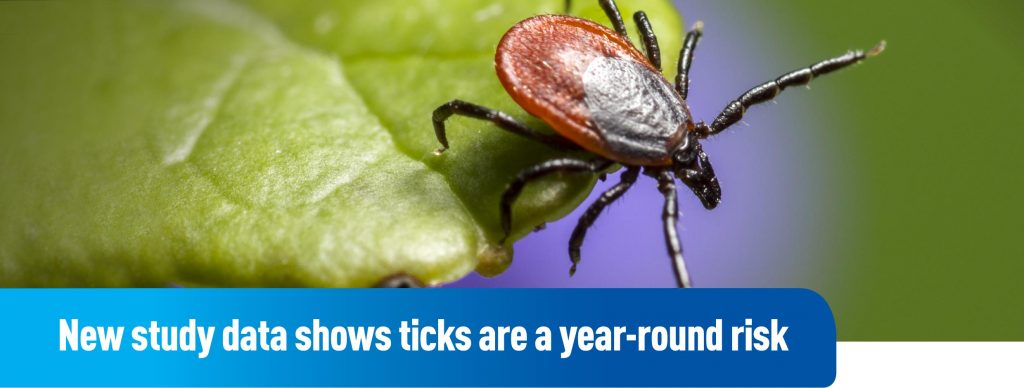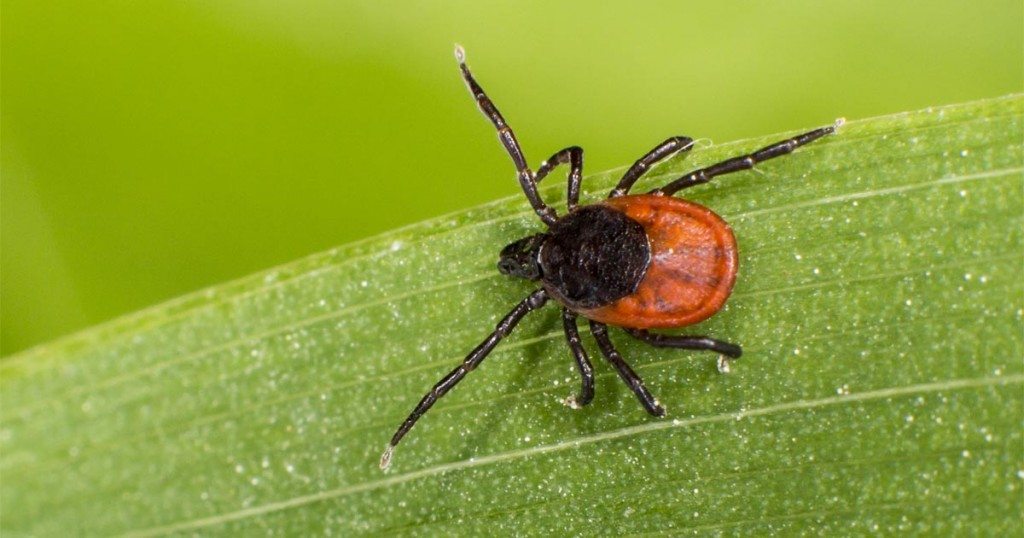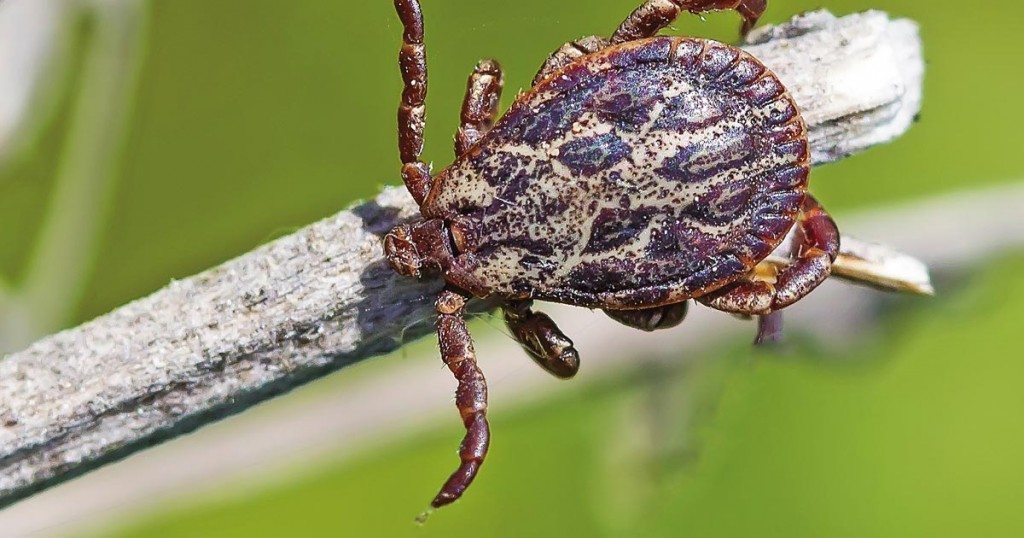1 Jun 2017
New study data shows ticks are a year-round risk
Recent research at the University of Salford shows that questing <em>Ixodes</em> ticks were found almost every month of the year.


IMAGE: Erik Karits/Shutterstock.com
Results released earlier in the year from a three-year study carried out by Salford University and sponsored by Merial Animal Health, showed that ticks present a year-round risk, after questing Ixodes ticks were found in nearly every month1.

Now further analysis of the data shows that spring and early summer represent a period of significant tick risk. This is in contrast to the widely accepted idea that dogs are mainly at risk in spring and autumn.
The study also identified that 2.03% of the collected ticks in Southern Cumbria hosted Borrelia burgdorferi – the bacterium associated with Lyme disease1. This is in comparison to previously reported infection prevalence rates of 2.3% nationally2. This may suggest that tick numbers and infection rates in the area need to be considered together to predict the overall risk of disease.
Researcher Jessica Hall explained that the study’s longitudinal data shows a clear peak in tick population from March until June, when people are more active and may take dogs on longer walks, encountering more ticks and increasing the chance of being bitten1.
Other studies have also shown that ticks are not just active in spring and autumn. Gray et al (2009)3 showed the population of ticks rising in spring and again in late summer. However, studies in northern England showed there to be no bimodal pattern in the questing ticks but rather just one peak of activity in spring4. The Salford data shows that while a bimodal pattern exists, the tick risk exists all year round1.

Jessica says one explanation for dogs being observed to be affected by ticks in autumn could be that the acaricide they have been given in earlier months is wearing off and the owner has not re-treated: “There has been very little work looking into what determines tick exposure rates. It is the exposure rate and the environmental risk which dictates how many ticks attach to a dog or human and subsequently how much tick-borne disease occurs.”
The study showed that Ixodes ricinus is the most common tick species found on dogs, consistent with the results of other recent studies5. Populations of I.hexagonus were much lower and I.canisuga accounted for just 1% of the ticks found in the study1.
Lynda Maris of Merial Animal Health says the study reinforces the need for year-round tick treatment for dogs: “Year-round questing observed during the study confirms the need to treat in all seasons. The peak in Ixodes spp. tick numbers in autumn may not necessarily be as high as we think relative to other months but the risks at other times of year may be greater, so we need to continue to treat continuously, especially those dogs in areas that may be exposed to higher levels of Borrelia-infected ticks or at risk from other species such as Dermacentor.”
References
- Hall J, Wright I, Brown K and Birtles R (2017). Borrelia burgdorferi sensu lato infections in ticks from dogs in Cumbria. Oral abstract presented at: BSAVA Congress; 6 April 2017, Birmingham.
- Smith FD, Ballantyne R, Morgan ER and Wall R (2012). Estimating Lyme disease risk using pet dogs as sentinels. Comparative immunology, microbiology and infectious diseases 35(2): 163-167.
- Bown KJ, Lambin X, Telford GR, Ogden NH, Telfer S, Woldehiwet Z and Birtles RJ (2008). Relative importance of Ixodes ricinus and Ixodes trianguliceps as vectors for Anaplasma phagocytophilum and Babesia microti in field vole (Microtus agrestis) populations. Applied andenvironmental microbiology 74(23): 7,118–7,125.
- Gray JS, Dautel H, Estrada-Peña A, Kahl O and Lindgren E (2009). Effects of climate change on ticks and tick-borne diseases in Europe. Interdisciplinary perspectives on infectious diseases, 2009(2009): 593232. DOI: 10.1155/2009/593232.
- Abdullah S, Helps C, Tasker S, Newbury H and Wall R (2016). Ticks infesting domestic dogs in the UK: a large-scale surveillance programme. Parasites & Vectors, 9: 391. DOI: 10.1186/s13071-016-1673-4.

Latest news


